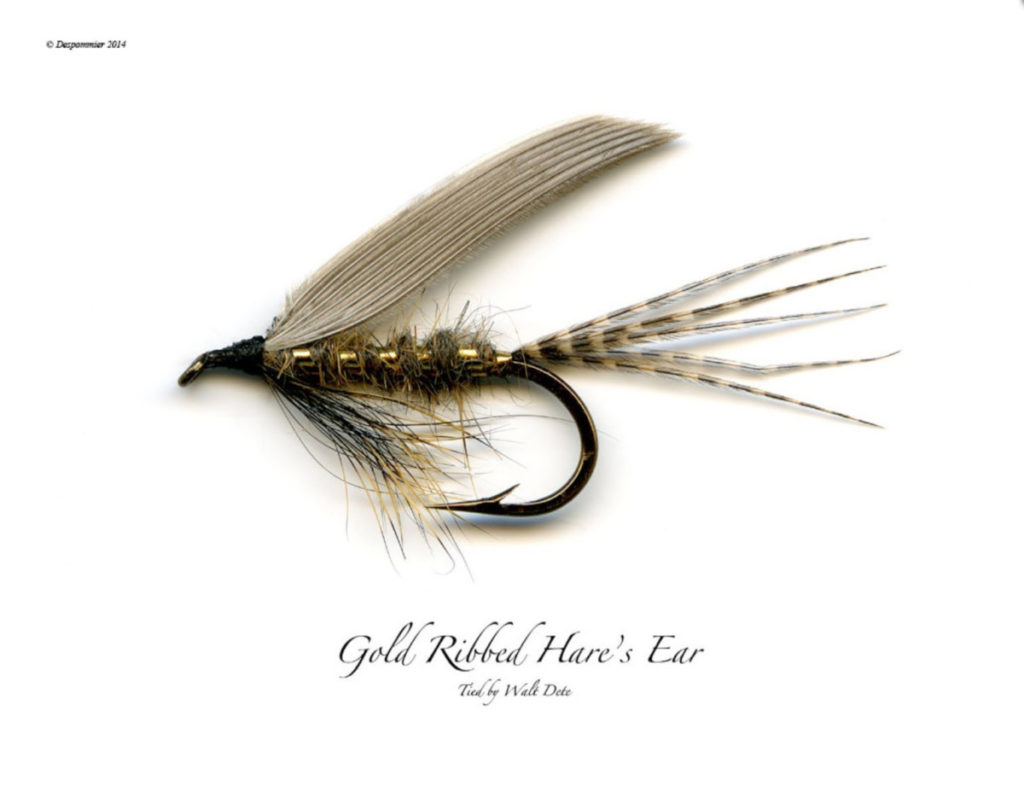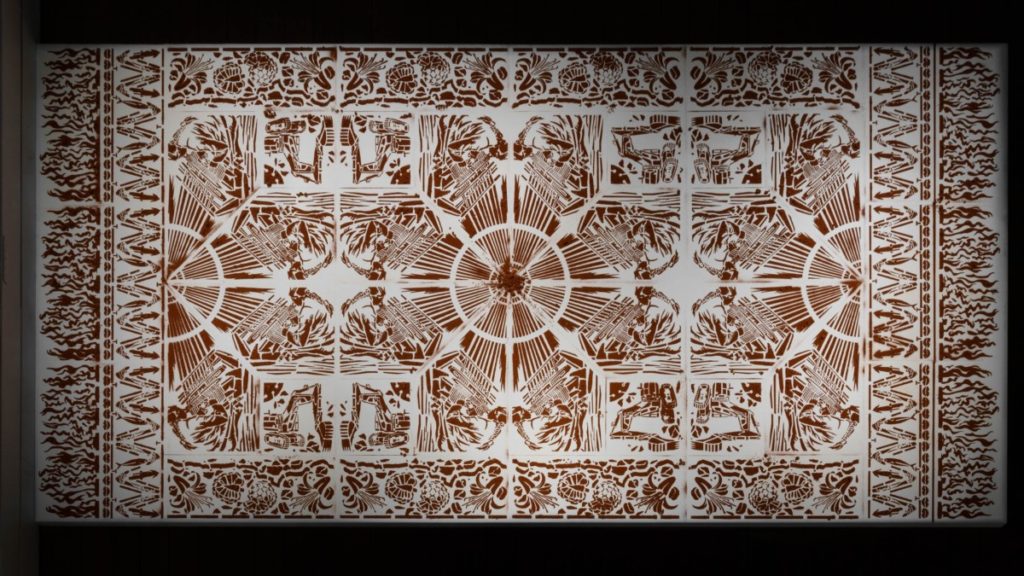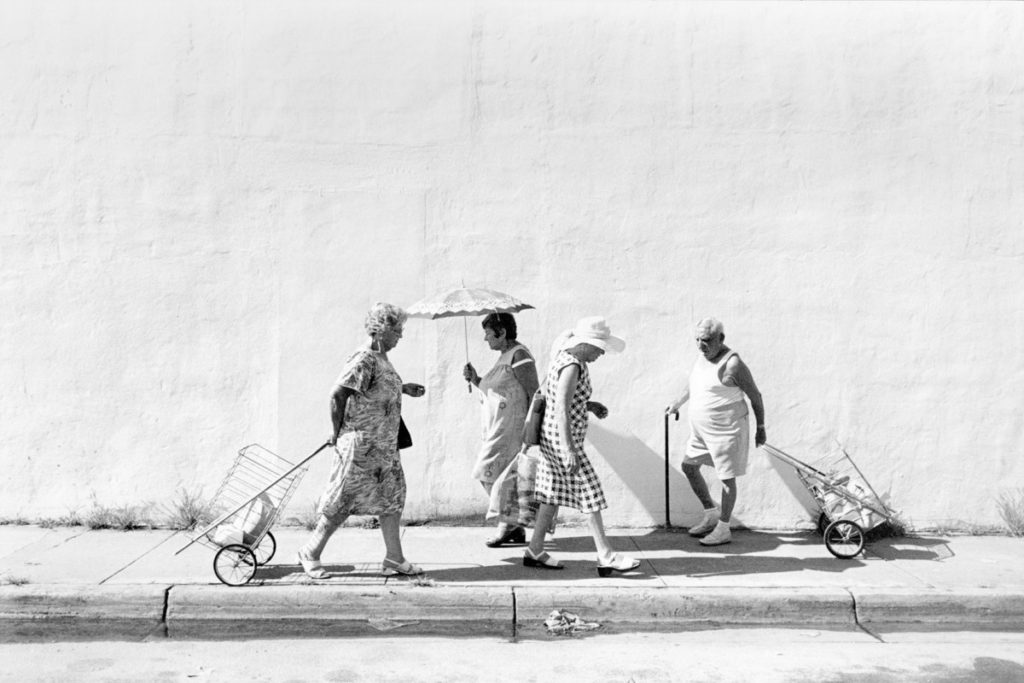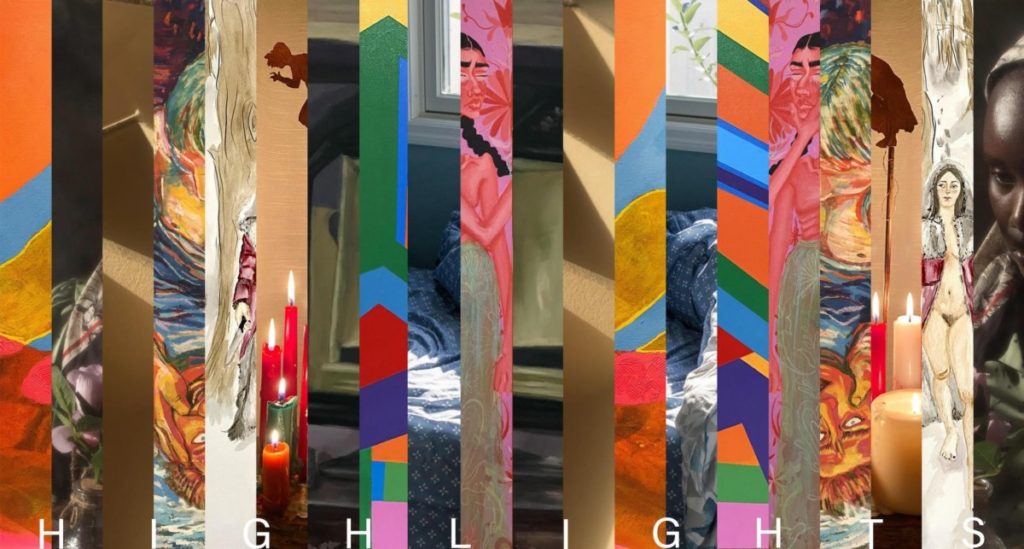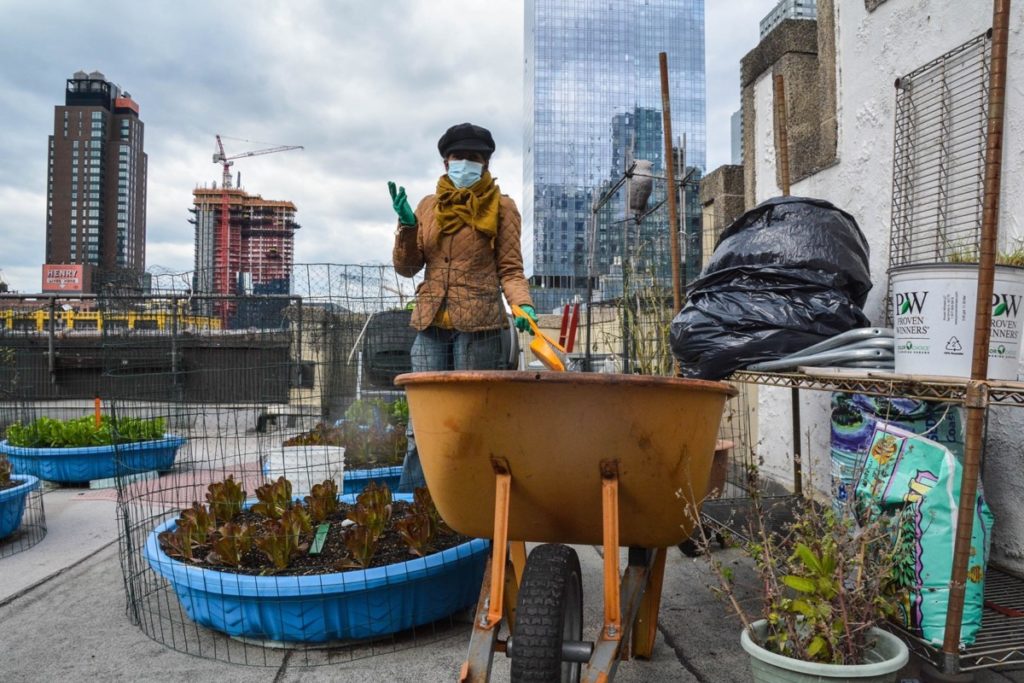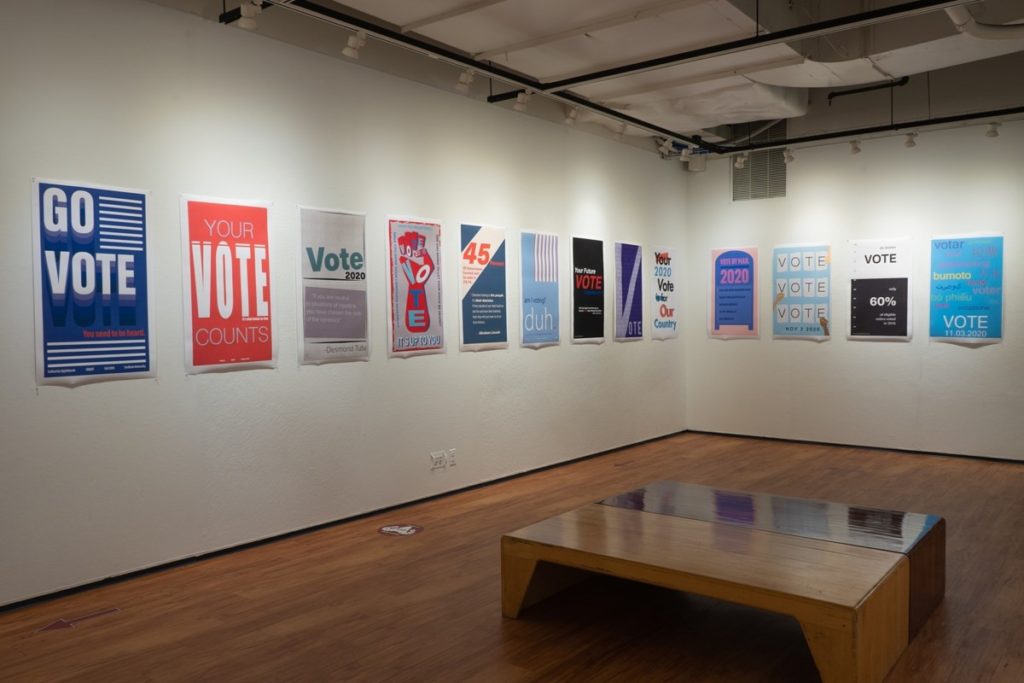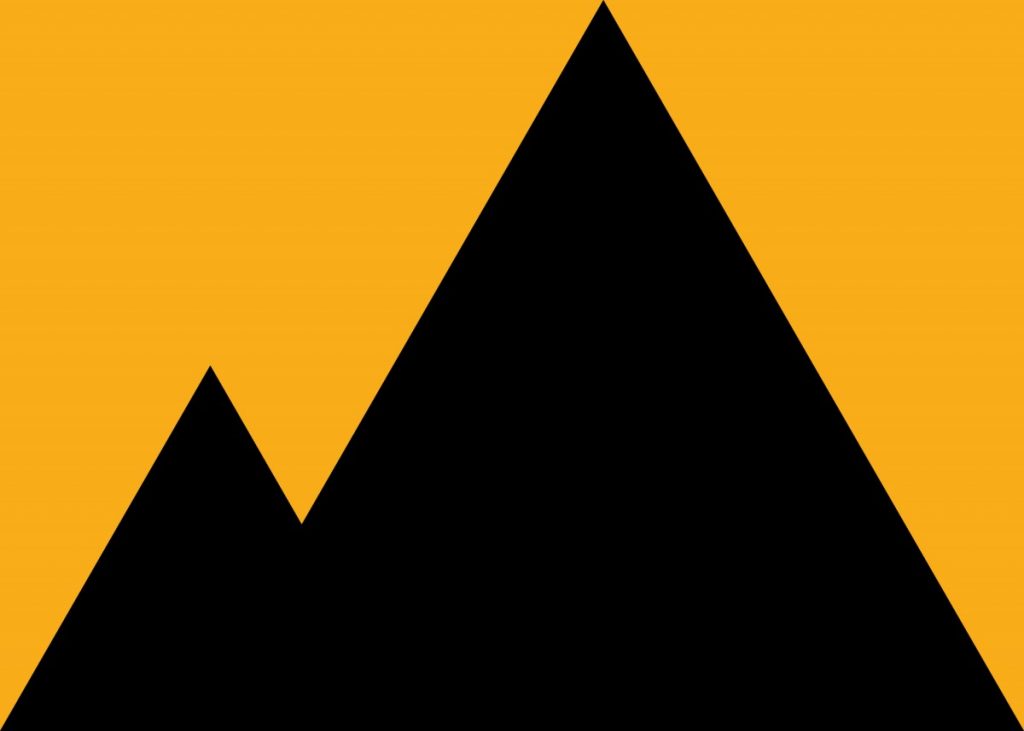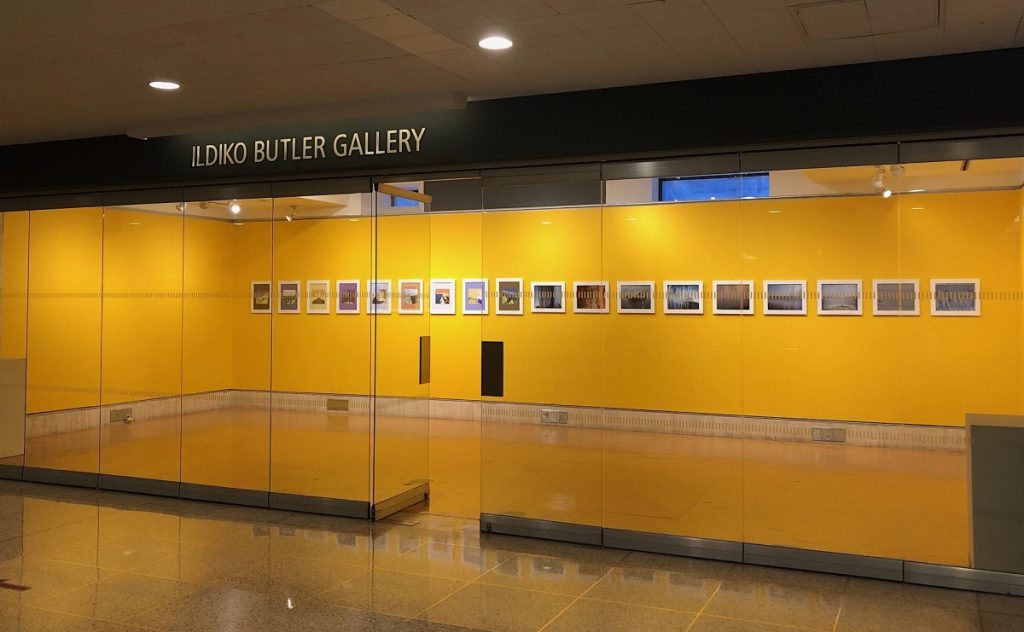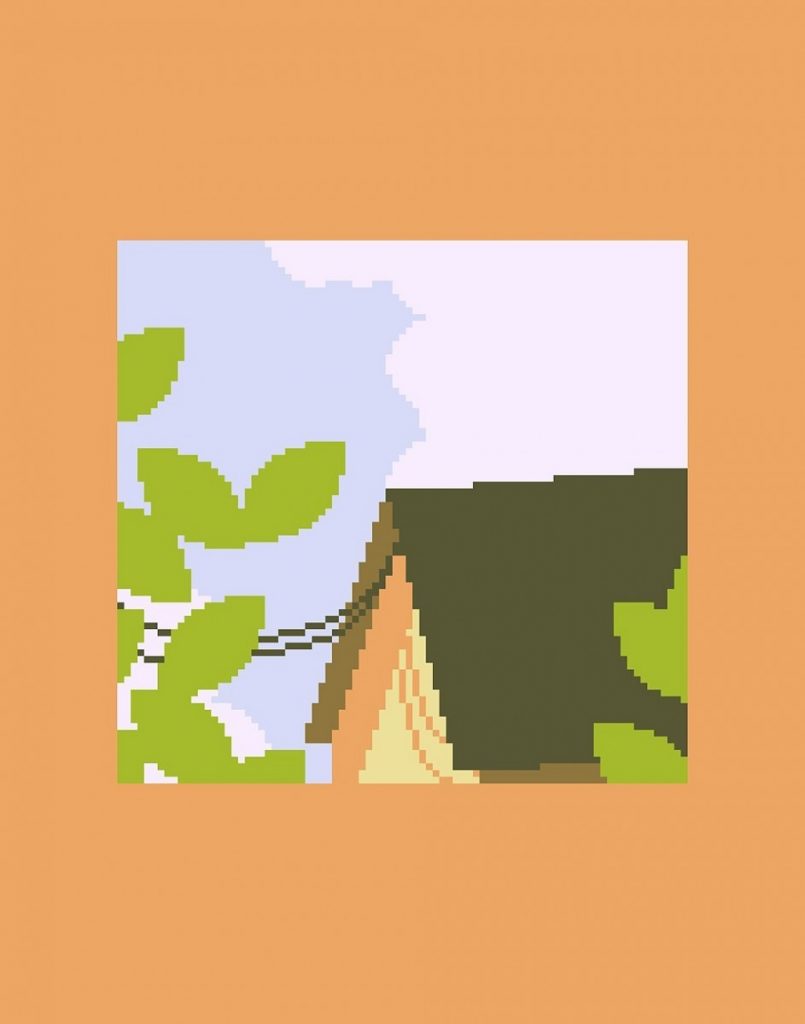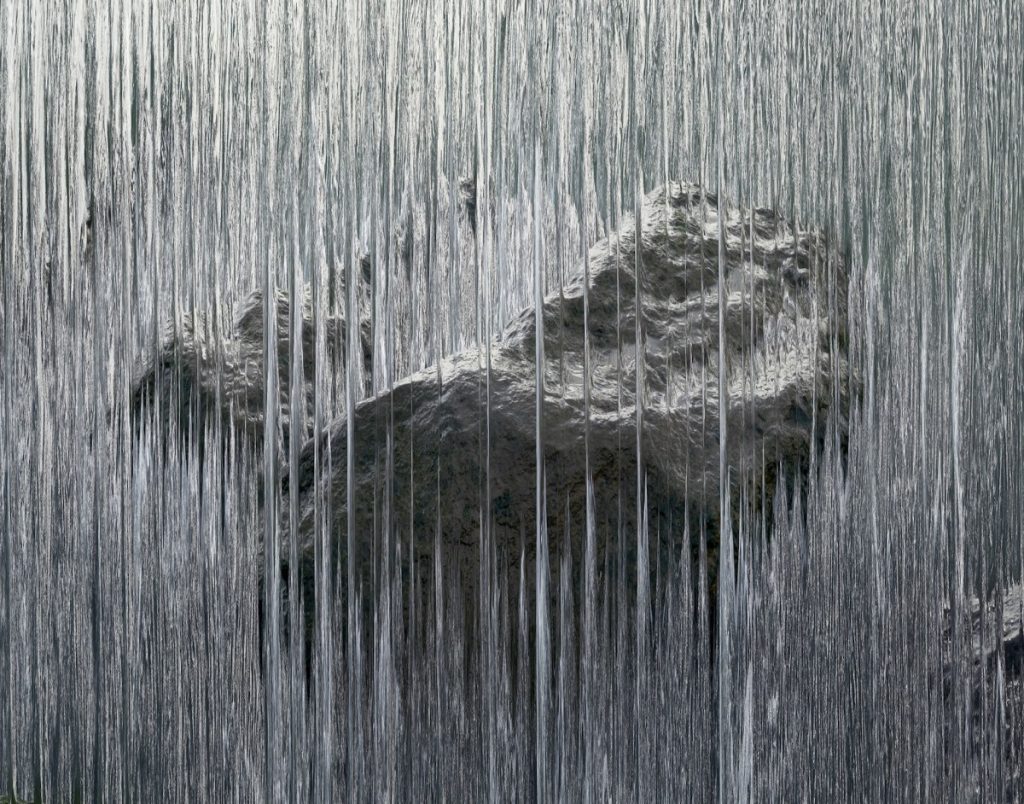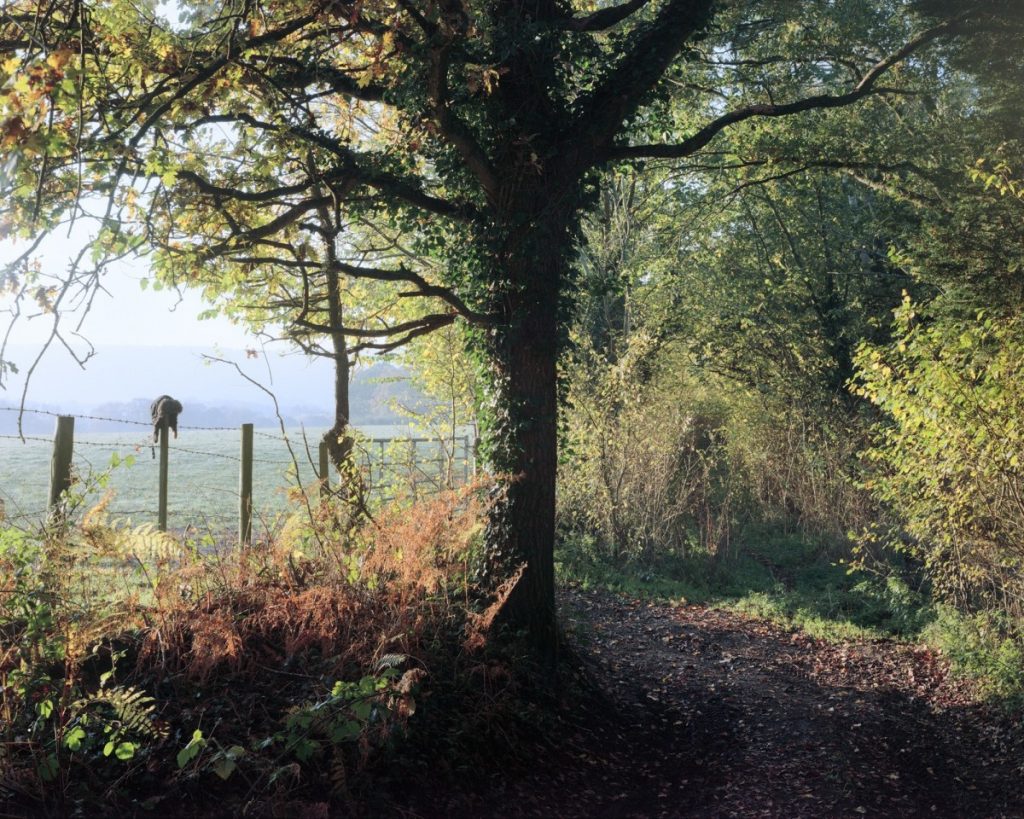Walis Johnson: The Red Line Archive
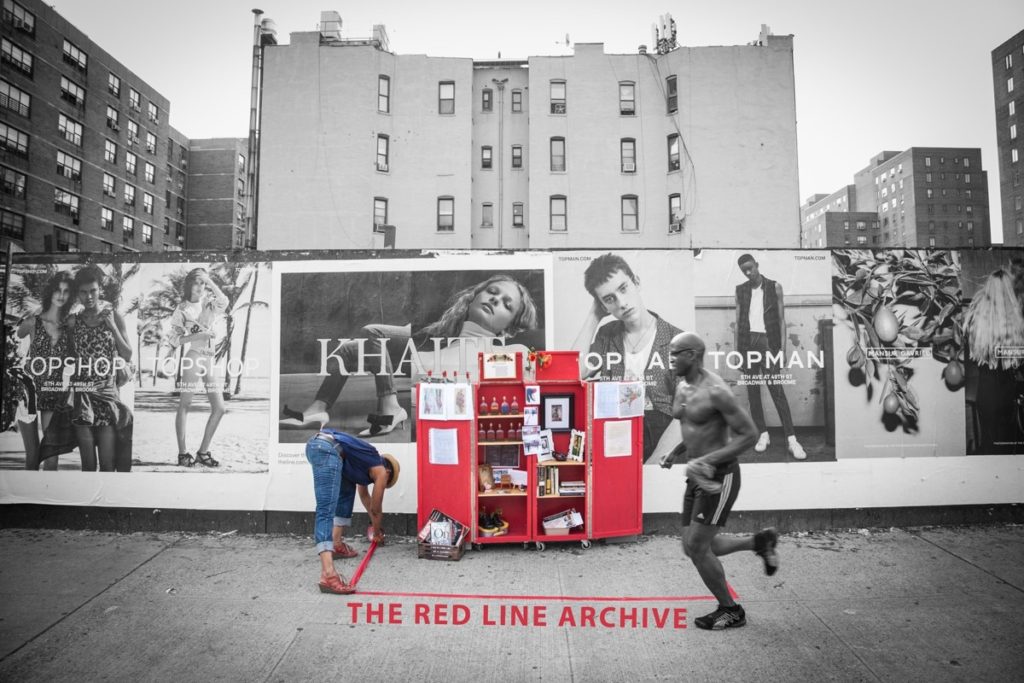
The Department of Visual Arts is pleased to present the Fordham University Galleries Online second installment of 2021, a portfolio of projects by the filmmaker, educator, walker/researcher Walis Johnson. Our gallery regularly features a body of work by a contemporary artist, alternating with our Adjunct Faculty Spotlight Series, in which our talented adjunct faculty share samplings of their production with the Fordham community.
The Red Line Archive by Walis Johnson is a mobile public art project that engages New York City residents in a conversation about race and the history of the 1938 Red Line Map that helped create the segregated urban landscapes of the city. This “cabinet of curiosities” is wheeled along city streets, inviting people to freely associate about personal artifacts and documents from the artist’s family history in gentrifying Brooklyn and ephemera collected during four artist walks in and along the periphery of redlined neighborhoods.
Redlining refers to discriminatory lending practices that prevented African-Americans (and other people of color) from attaining home mortgages and business loans in New York City and urban communities nationwide. Even as loans to blacks were discouraged, real estate brokers actively used racial and economic fear-mongering that encouraged white homeowners to sell their properties at reduced prices and move en masse to new suburbs created for them. This was known as white flight.
Neighborhoods of historic and cultural importance in Black Brooklyn such as Bedford-Stuyvesant, Fort Greene, and Crown Heights – areas now on the frontline of gentrification – went from racially diverse to black “ghettos” almost overnight as redlining excelled. These neighborhoods physically declined as city services and economic development were withheld. Redlining was not solely confined to African-American neighborhoods; areas like Greenpoint, Williamsburg, and Dumbo, among others, were redlined, too.
Red Line Labyrinth is a site-specific participatory art installation enacted in neighborhoods at the epicenter of aggressive gentrification and displacement. Labyrinths have been used throughout human history as a means to inspire personal and community reflection and renewal. The artist installed the labyrinth at Weeksville Heritage Center on October 18, 2017. Weeksville is the site of one of the first free Black communities in Brooklyn. Participants walked the Labyrinth alone or in pairs to activate reflection on the practice of redlining and its effects on their life and family in the past and present. Each person enacted the experience of healing and pilgrimage as they walked. Produced and Edited by Walis Johnson, Cinematography by Teodora Altomare.
About the artist:
Walis Johnson is a filmmaker, educator, walker/researcher interested in the intersection of documentary film and performance whose work documents the urban landscape through ethnographic film, oral history, and artist walking practice. She holds a BA in History from Williams College and an MFA from Hunter College, in Interactive Media and Advanced Documentary film. She has taught at Parsons School of Design.
Walis Johnson’s essay Walking the Geography of Racism has been published in a new anthology entitled In Search of African American Space: Redressing Racism, edited by Jeffrey Hogrefe and Scott Ruff with Carrie Eastmond and Ashley Simone. The anthology is published by Lars Müller Publishers. The essay focuses on Johnson’s artist walking practice and The Red Line Archive Project of the past few years. It is a truly beautiful book with essays by an important group of architects and artists who think deeply about architecture, performance art, history, and visual theory, exploring the creative relationship between the African diaspora and social space in America.
The Red Line Archive
The Gotham Center—The Red Line Archive: An Interview With Walis Johnson
For further information on the exhibition please contact Stephan Apicella-Hitchcock.
The Fordham University Galleries are currently closed to the public in response to COVID-19. In the meantime, please visit our gallery website frequently, as our exhibitions are still underway.
 Adjunct Faculty Spotlight SeriesŽeljka Blakšic AKA Gita Blak: Connect the DotsThe Fordham University Galleries Online
Adjunct Faculty Spotlight SeriesŽeljka Blakšic AKA Gita Blak: Connect the DotsThe Fordham University Galleries Online